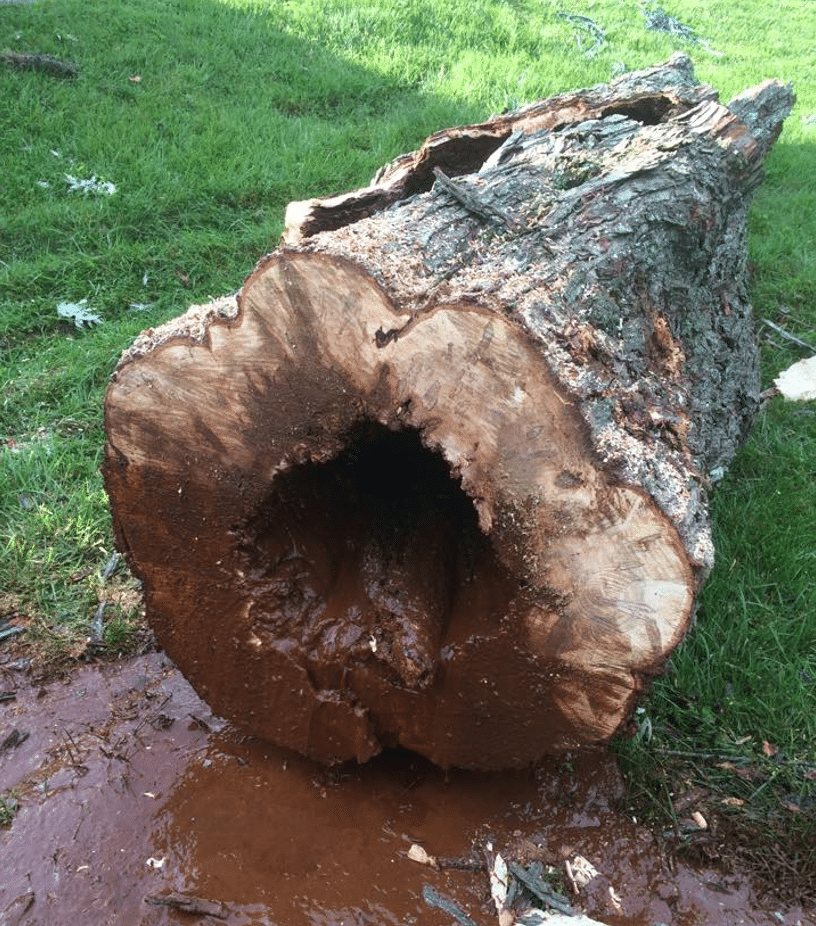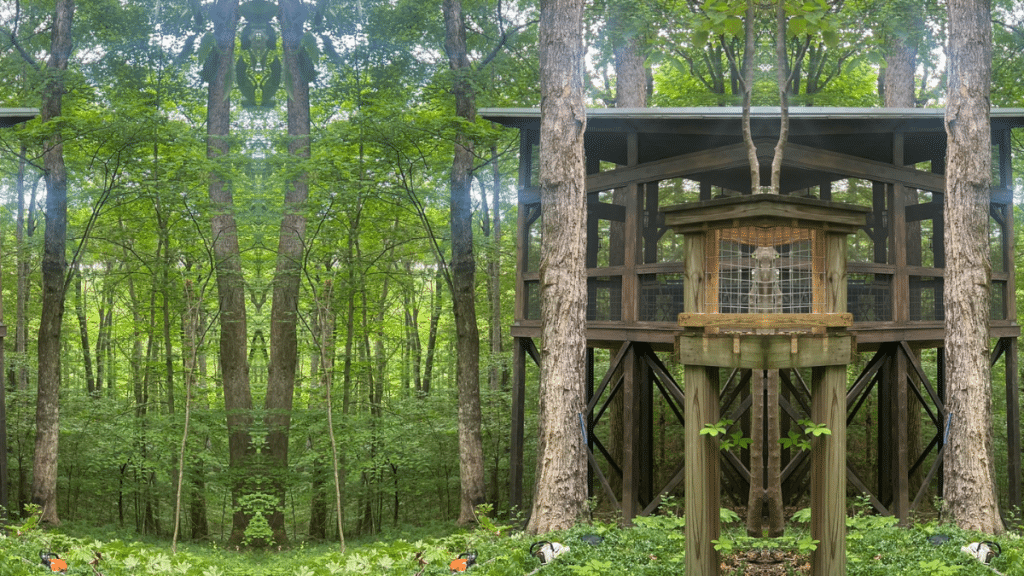Recognizing the Signs and Making Informed Decisions About Tree Removal
Trees enhance our world with beauty, shade, and a sense of tranquility. They’re vital for a healthy environment, but sometimes, a tree’s presence can pose risks. Recognizing when a tree needs to be removed is key to protecting your property, loved ones, and your landscape’s overall health.
Saying farewell to a long-standing tree can be tough, but understanding the reasons for removal helps you make informed choices. Sometimes, it’s obvious: a dead tree, storm damage, or a tree blocking a path. Other times, the signs are subtle, requiring closer inspection and expert advice from a certified arborist.
This guide explores the indicators that might suggest it’s time to consider tree removal. By understanding these signs, you can proactively address potential hazards and maintain a safe and thriving environment.
The Leaning Tower of Tree: When a Tree’s Stance Signals Instability
A tree leaning excessively can be a red flag. While some trees have a natural lean, a sudden or progressively worsening lean can signal instability and a potential risk of falling. Here’s what to look for:
- Soggy Soil: After heavy rain, super-saturated ground can struggle to support a tree’s roots. If you sink slightly while walking near the tree, the soil might not be holding it upright.
- Earthquakes?: No, but if the soil around the tree is heaving or cracking, the root ball might be shifting, compromising stability.
- Root Exposure: Newly exposed roots can mean the tree’s foundation is being pulled out of the ground due to erosion or soil subsidence.
- Top-Heavy Trees: Multi-stemmed trees and those with long, heavy branches are more prone to toppling, especially if they are already leaning.
A leaning tree doesn’t always mean removal, but if it’s near your home, power lines, or other structures, get it inspected by a professional arborist to determine the risk.
Root Rot Reveal: Uncovering the Hidden Dangers
A tree’s roots are its lifeline. When they decay or rot, the tree’s structure is compromised. Several factors contribute to root decay:
- Ouch! Lawnmowers, construction, and animals can damage roots, impacting their function.
- Thirsty Roots: Extended droughts can cause sections of the root system to die off.
- Unwanted Guests: Diseases and pests can attack and weaken roots.
Visible signs of root decay include fungal growth, soft spots on the roots, and a general decline in the tree’s health. If you suspect root decay, an arborist can determine the extent of the damage and if the tree can be saved.

Storm Aftermath: Assessing the Hidden Damage
Storms can cause visible and invisible damage to trees. Besides fallen trees and broken branches, look for:
- Cracks and Splits: High winds, heavy snow, or ice can cause cracks and splits in the trunk or branches.
- Hanging Branches: Broken branches that haven’t fallen are extremely dangerous.
- Loose Roots: Strong winds can loosen the root system, making the tree unstable in future storms.
After a major storm, have your trees inspected by an arborist, even if there’s no obvious damage. They can identify hidden weaknesses and recommend solutions.
Funky Fungus: Deciphering the Warning Signs
Fungus on a tree can signal decay. Fungi often enter through wounds in the bark, causing internal rot. Look for:
- Mushroom-like Spores: These indicate a fungal colony within the tree.
- Soft Bark: Soft or spongy areas, especially near the base, can suggest fungal decay.
- Shelf Fungi: Woody, shelf-like growths on the trunk or branches indicate advanced decay.
If you see fungus, have the tree inspected. Some fungal infections are treatable, while others might require removal to prevent spread and hazards.
Oddball Shapes: Recognizing the Red Flags
Unusual tree shapes can signal problems. These can be caused by:
- Storm Damage: Storms can twist and deform branches.
- Bad Pruning: Practices like topping can lead to weak shoots and a misshapen appearance.
- Disease or Pests: These can affect a tree’s growth and development.
An unusual shape doesn’t always mean a serious problem, but it’s worth an arborist’s assessment to rule out underlying issues.
Too Close for Comfort: Understanding the Risks
Planting trees too close to your home can lead to:
- Foundation Damage: Roots can grow aggressively, cracking your foundation.
- Structural Damage: Overhanging branches can scrape siding, damage your roof, and clog gutters.
- Falling Hazards: Trees near your home are likelier to fall on it during storms.
Large trees should be at least 15-20 feet away from your home. Monitor trees closer than this and consider removal or pruning to mitigate risks.
Making the Call: Seeking Expert Advice
If you’re unsure about your tree, consult a certified arborist, like Carmel Tree Sevice in Carmel, IN. They can assess the tree’s health, identify hazards, and recommend solutions, including alternatives like pruning, cabling, or bracing.
Regular tree care and maintenance are essential for healthy growth and problem prevention. Invest in professional tree care to enjoy your trees safely for years to come!
